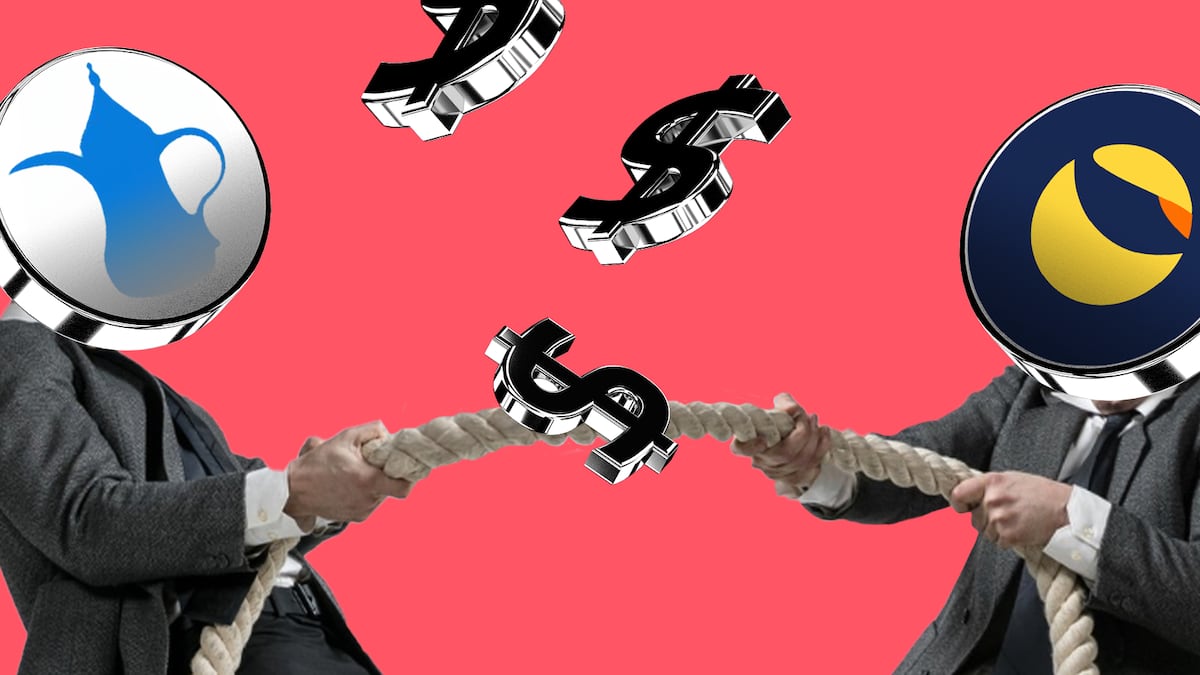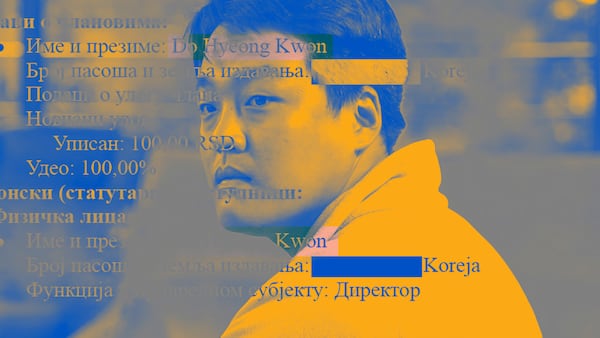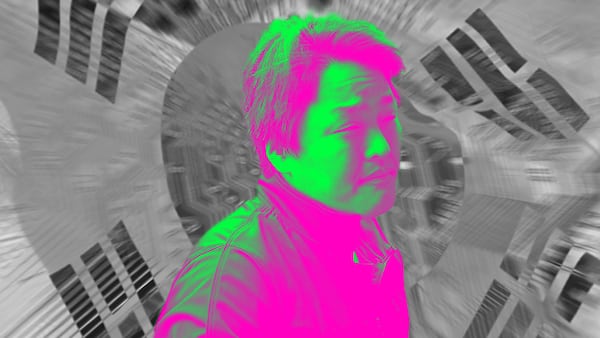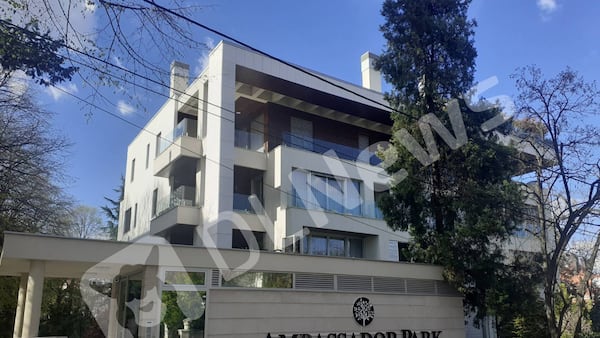- The Terra Classic community has accused Karak of appropriating $7 million.
- Karak says it took the funds, and doesn't recognise the Terra Classic community.
- Code changes, a deleted governance proposal, and spam transactions during the time the funds were taken raise questions.
DeFi protocol Karak, the latest entrant to crypto’s buzzy restaking sector, is already facing controversy less than a month after launch.
Dozens of DeFi users and members of the Terra Classic community accused Andalusia Labs, the firm behind Karak, of swiping 200 million USTC tokens — worth some $7 million at the time — from the Terra ecosystem a few months after its collapse in 2022.
Karak earlier this month hit back at accusations, saying on X: “no user funds were involved or ever misappropriated. Any claims otherwise [are] FUD,” or fear, uncertainty, and doubt.
The @Karak_Network aka Subsea @riskharborchina funded again by @PanteraCapital
— Ray Raspberry (@RayRaspberry1) April 9, 2024
6.6M USD in UST of community funds on the Terra chain were withdrawn using a risk harbor team wallet without consent of governance and after bots spammed the address usedhttps://t.co/Dc25u1DHaA pic.twitter.com/ntmkSC63ia
“That 200 million USTC was never the property of Risk Harbor,” Alex, a leader in the Terra Classic community during 2022 and 2023, told DL News. “They were partial custodians of that money on the Terra Classic community’s behalf,” he claimed. Alex declined to use his last name for privacy reasons.
But Andalusia Labs claims the tokens belong to it — co-founder Raouf Ben-Har said in Karak’s public Discord channel earlier this month that it was “granted” the 200 million USTC tokens. They are thus theirs to spend as the organisation sees fit.
Members of the Karak team and Andalusia Labs didn’t respond to requests for comment.
The episode shows how the May 2022 fall of Terra is still reverberating in DeFi almost two years later.
The allegations also mar Andalusia Labs’ coming-out party for Karak. Karak is the first to challenge EigenLayer’s dominance of the market, and it’s already taken in over $350 million of user deposits.
And Andalusia Labs just scored a $1 billion valuation amid capital from big-name backers including Pantera Capital, Digital Currency Group, and the Abu Dhabi sovereign wealth fund.
Terra community gives $1bn to Ozone
Onchain data shows that the 200 million USTC trace back to the Terra blockchain community pool.
On April 10, 2022, the Terra community sent 200 million UST from the community pool to a project called Ozone.
Ozone was a decentralised insurance protocol that Risk Harbor managed on behalf of Terra creator Terraform Labs.
The 200 million tokens was an initial tranche of $1 billion in TerraUSD, an algorithmic stablecoin pegged to the dollar, that the Terra community allocated from its community pool specifically for the purpose of backing assets on Terra in the event of a collapse, according to the original 2022 proposal.
The proposal stipulated that the $1 billion would be used for that purpose at Ozone “indefinitely, unless a counter-proposal is passed to remove the said underwriting funds.”
The document never mentions a grant, or that the funds could be used for any other purpose.
But Ben-Har said in the Discord post earlier this month that Andalusia Labs instead plans to use the proceeds of the 200 million USTC to insure Karak’s restaking pools.
That rankled the Terra community.
Ben-Har hit back: “Equating [it] to a scam or rug pull, is categorically FUD, slander, and disparaging,” he said in the post.
Neither Ben-Har nor Karak responded to requests for further comment on the discrepancy.
Risk Harbor co-founder Drew Patel in 2022 shed light on how he viewed the situation:
“These community funds will be used to underwrite protection, not to pay development, audits, or any other activities,” Patel said on the Terra governance forums in response to the original proposal.
A new smart contract
Back in March 2022, after the Terra community voted to allocate $1 billion in stablecoins to Ozone, Risk Harbor created and deployed a new smart contract to facilitate the underwriting.
The new smart contract was coded to allow two wallets to remove funds. One was a wallet controlled by six people chosen to govern the Ozone treasury. It was a so-called multi-signature wallet, meaning that it needs multiple parties to sign off on transactions.
The other was Risk Harbor’s own wallet.
Terra’s collapse
The $40 billion collapse of Terra only a few months later upended the whole project, before the remaining $800 million in Terra stablecoins destined for Ozone could be allocated.
After the collapse, the Terra Classic community took over stewardship of the blockchain from Terraform Labs, the company that built the Terra blockchain. The Terra stablecoin was rebranded to TerraUSD Classic, now known as USTC.
Terraform Labs filed for bankruptcy, but tokens on the Terra blockchain held some value — the 200 million in Terra stablecoins given to Ozone had a market value of around $7 million at the time.
Onchain activity
By July 2022, a strange thing happened. Onchain records show that the Risk Harbor admin wallet received the 200 million USTC from the Ozone underwriting contract using the contract’s “allow list” exception.
Over the next few weeks, onchain records also show that the Risk Harbor wallet sent the 200 million USTC to unknown accounts on exchanges Binance and Kucoin in five separate transactions.
It’s unclear who those accounts belonged to, but the money did not end up where it was originally intended before Terra’s collapse: Ozone.
During this period, the Ozone underwriting contract started to receive thousands of spam transactions.
“Someone set up an automated task to send that contract the minimum amount of funds,” said Ray Raspberry, a pseudonymous crypto sleuth who has investigated and documented the situation with Risk Harbor. Onchain records confirm Ray’s discovery.
The transactions are anonymous, and there is nothing to suggest they are linked to Risk Harbor.
Yet Fragwuerdig, a former member of Terra Classic developer L1TF, wondered to DL News if the spam was an attempt to obscure the transactions to Risk Harbor’s wallet.
Ben-Har and Andalusia Labs did not reply to requests for comment on those spam transactions.
Anomalies
Before Risk Harbor deployed the UST underwriting contract, it hired an outside firm to audit it. In an April 16 X post, the firm said that the version it was sent to audit didn’t contain any “allow list” of wallets.
DL News asked Andalusia Labs why the version it sent to the auditor was different to the one it eventually deployed and did not contain the “allow list” exceptions, but didn’t receive a response.
Records show that at some point between May 2022 and February 2023, the original proposal to allocate Terra community pool funds to Ozone was edited.
The author, a pseudonymous community contributor at Risk Harbor called Tooney, removed all details of the proposal.
Tooney didn’t respond to a request for comment on why the proposal was deleted.
Terra Classic votes to return funds
In July 2023, the Terra Classic community voted to return the funds intended for insuring UST through Ozone.
The community successfully retrieved 800 million USTC that was controlled by a Terra community multi-signature wallet, but was unable to recover the 200 million that went to Risk Harbor’s wallet.
Karak said it sold the funds, according to an April 12 X post. It again said tokens were “granted” from the Terra Foundation, and that it didn’t recognise the governance proposal asking for their return.
“Risk Harbor only dealt with the old Terra governance before it was destroyed” by Terra’s 2022 collapse, Karak said.
The $1 billion “granted” to Ozone “was already minted and earmarked by the old Terra foundation for Ozone as collateral for risk pools,” it said. “We’re proud that throughout the life of Risk Harbor, all users who purchased protection were always paid out when conditions were met.”
Karak continued: “Several months after the collapse when it was clear that the network was abandoned, the Risk Harbor foundation sold $6 million worth of UST out of the initial grant to prevent further losses. No user funds were involved or ever misappropriated.”
“These funds have never been utilised by the team,” Karak said. “They are held in custody by the Risk Harbor foundation and earmarked for a protection fund on initial restaking pools.”
But many in the Terra Classic community don’t accept this explanation, and maintain that the funds have always belonged to them.
“I am very sad about the situation,” Fragwuerdig said. “They are basically saying the chain or the entity does not exist, and that’s why they haven’t returned the funds.”
Tim Craig is a DeFi Correspondent at DL News. Got a tip? Email him at tim@dlnews.com.







